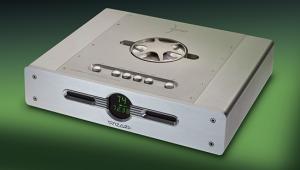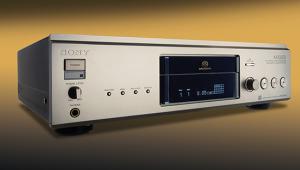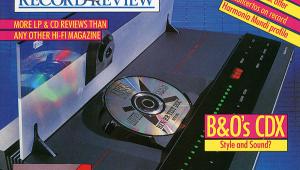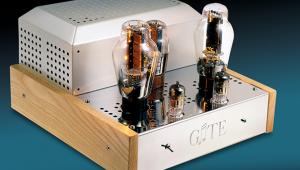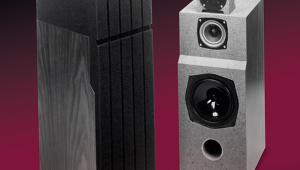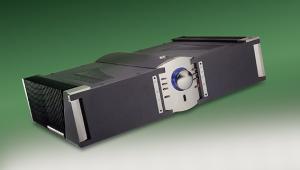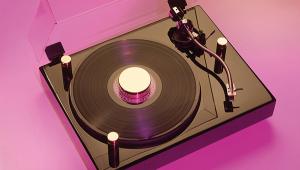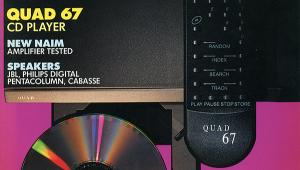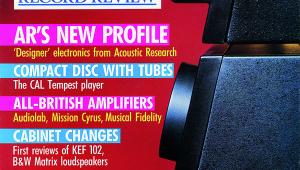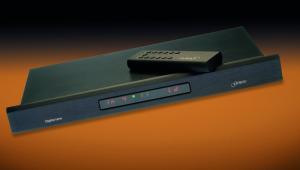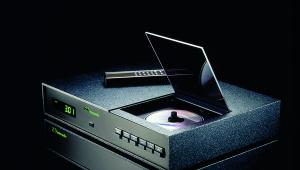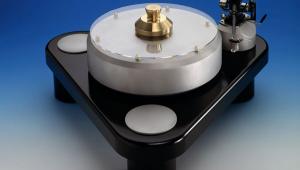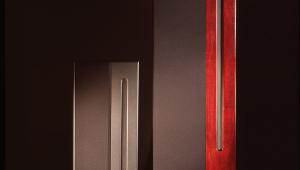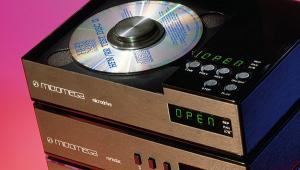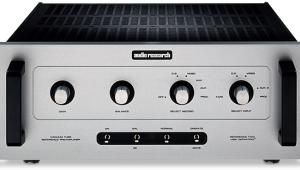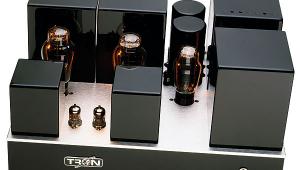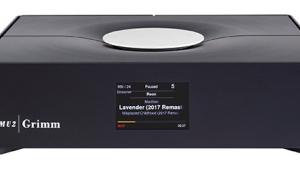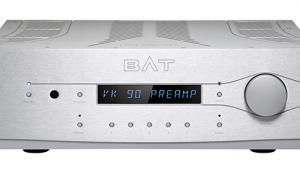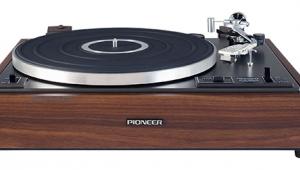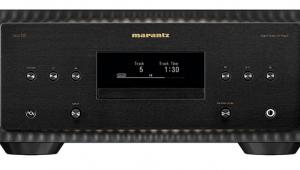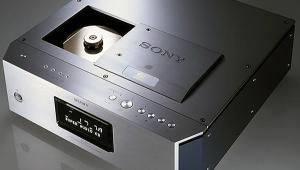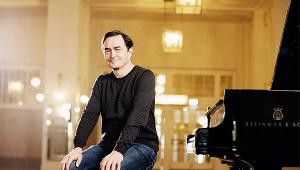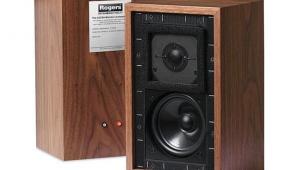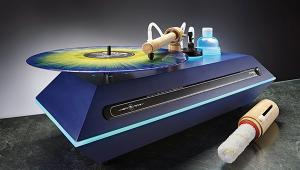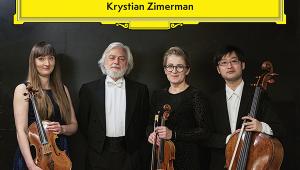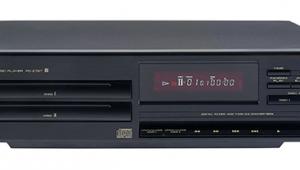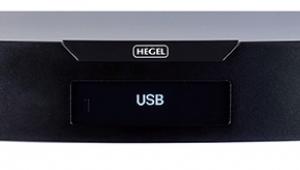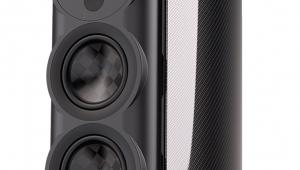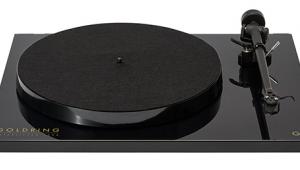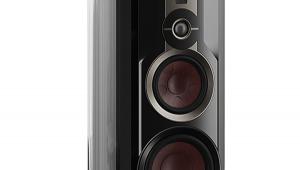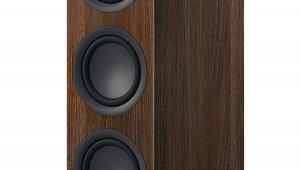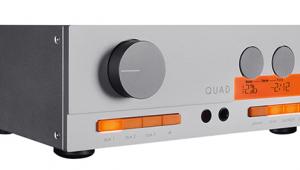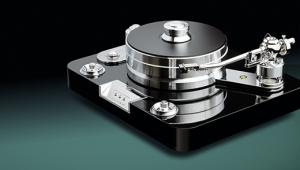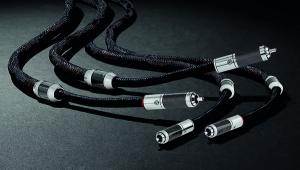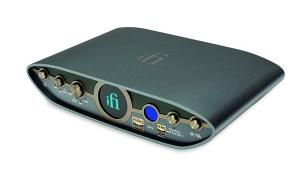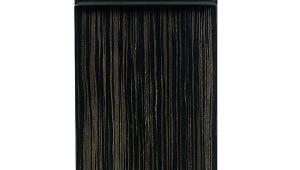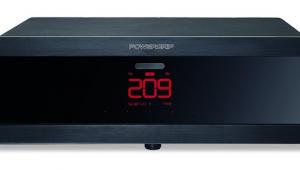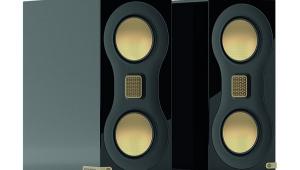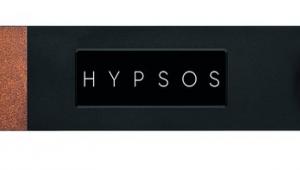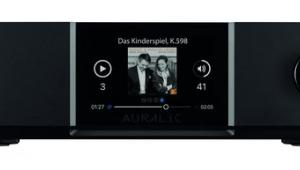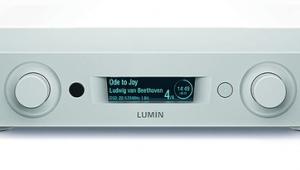Celestion 3000
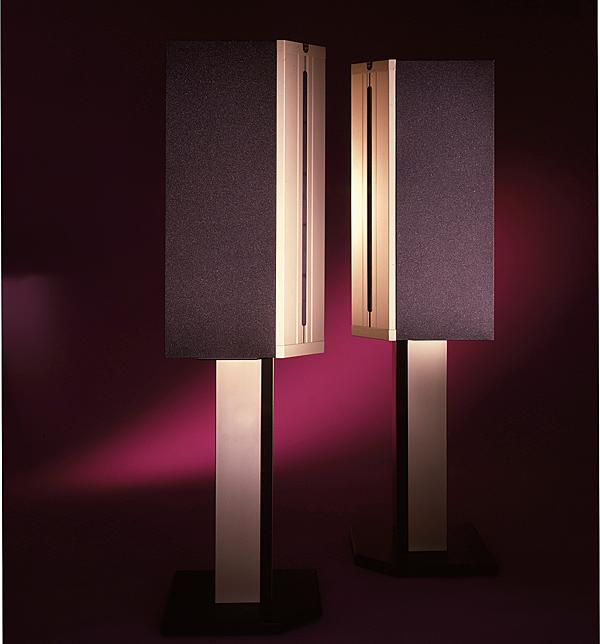
Hybrids are supposed to be the best of two or more technologies, and we've seen the approach used for all manner of products. The most feverish of hi-fi's Dr Frankensteins though, have always been devoted to loudspeakers.
Ribbon/cone hybrids have been around for years, with the Germans producing variants on this theme in the way the British pump out £99-per-pair budget speakers. Among the most famous is the Decca London enclosure, which used Stan Kelly's ribbon, so there are British precedents. SD Acoustics, Alphason – this hybrid may be slightly off-the-wall, but it's not uncommon.
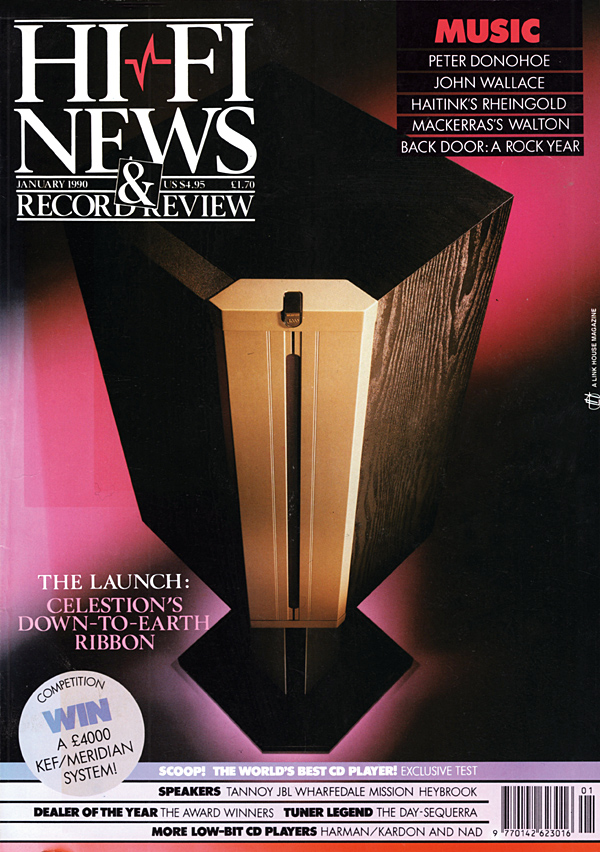
Celestion's 3000 attempts to banish the ribbon's traditional problems of low sensitivity, death-defying impedances, low power handling and domestically-aggravating siting requirements. Indeed, the Celestion 3000 is the most 'complete' new product I've examined in years, with every single detail – right down to the owner's manual – dealt with in full before a single unit has left the factory. Fit and finish, fine-tuning... nothing's been left to chance.
Casting Call
The 3000 (and the 5000, which is identical except for cabinet finish) employs a box-type enclosure measuring a mere 650x330x300mm (hwd). It's substantial, assembled from high-density particle board and made rigid with figure-of-eight internal bracing. The company also offers a sonically and aesthetically ideal support, 550mm tall, for £159 per pair and I can't imagine anyone not using this beautifully styled, sand-and-lead-filled, spiked sculpture. As you'd expect, the speakers are supplied in left-and-right handed pairs.
The novelty of a ribbon tweeter is highlighted by an aluminium casting which runs the height of the speaker, at an angle and situated on the inner edge of the baffle. The 3000 is all black, while for an extra £100 you can purchase the 5000 with a real walnut veneer.
The front surface is covered by a black grille cloth on a solid, sculpted frame and this protects a 200mm polyolefine-cone bass driver that operates up to 900Hz. The grille has been designed so as to create a smooth 'baffle' surface to continue from the outside edge of the ribbon's chassis, mirroring the cabinet surface which lies inboard of the ribbon. So the grilles should be left in place at all times.
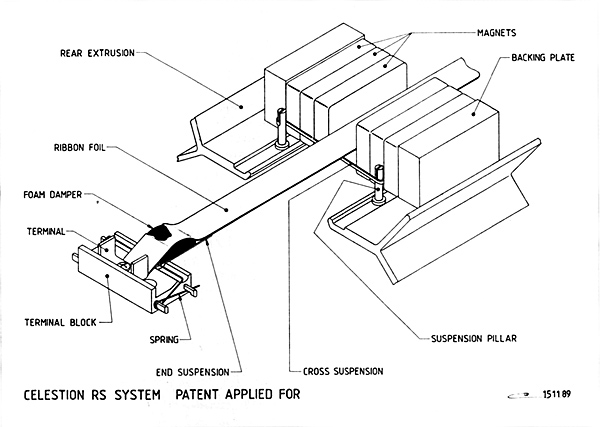
Aluminium Ribbon
On the speaker's back panel can be found binding posts for single, bi-wire or bi-amping connections. These do accept spaced banana plugs, but for some strange reason, Celestion fitted them in a row such that you've got to interleave and spread the wires. I'd have preferred to see the connections grouped as bass plus/minus and treble plus/minus, but this is a small quibble.
And now for the ribbon. This 500mm driver consists of a narrow strip of 12-micron thick, corrugated aluminium foil suspended between two rows of strontium ferrite bar magnets. Although it looks like a clone of the Apogee tweeter, it differs in details. For starters, the ribbon itself is pure aluminium without any backing; the Apogee uses Kapton. At the top and bottom, the Celestion ribbon is connected with a foam-damped 'kink' in the ribbon to relieve strain. Where Apogee uses foam 'knuckles' to support and centre the ribbon at various points, Celestion uses stretched silicon rubber belts supported by small pillars on either side of the ribbon. The other major difference between the two relates to the 3000's non-dipole status.

With dipole ribbons there has to be a critically-determined gap between the ribbon's edges and the magnets. With the Celestion, there is no gap. The sound from the back of the ribbon is reflected off the surfaces in the speaker cabinet, the ribbon actually being fitted to its own separate enclosure within the 3000. This partially explains why the ribbon is mounted at a 45o angle to the enclosure; the rear-firing sound fires directly into absorptive foam and out of harm's way.
The other reason for the 45o angle is to aid in speaker positioning and the creation of a line source which disperses sound in a cylindrical manner. I mentioned before that the rigid grille is to be left in place so as to create smooth surfaces on either side of the ribbon. This 'fools' the driver into reacting to the cabinet as if it were a cylinder, an enclosure which has no edges to cause diffraction.
